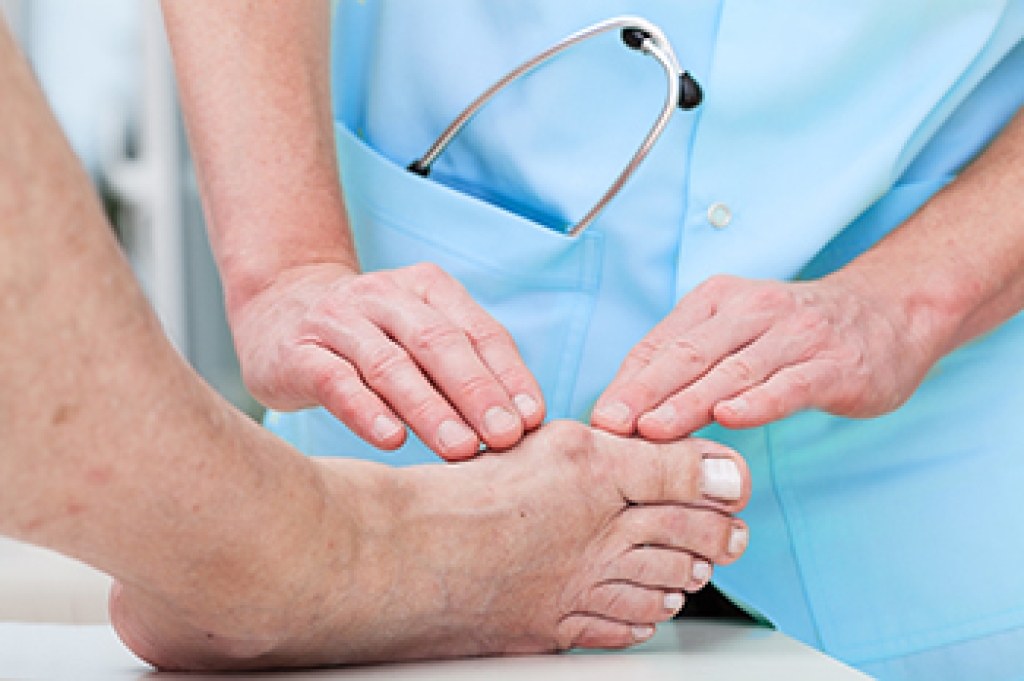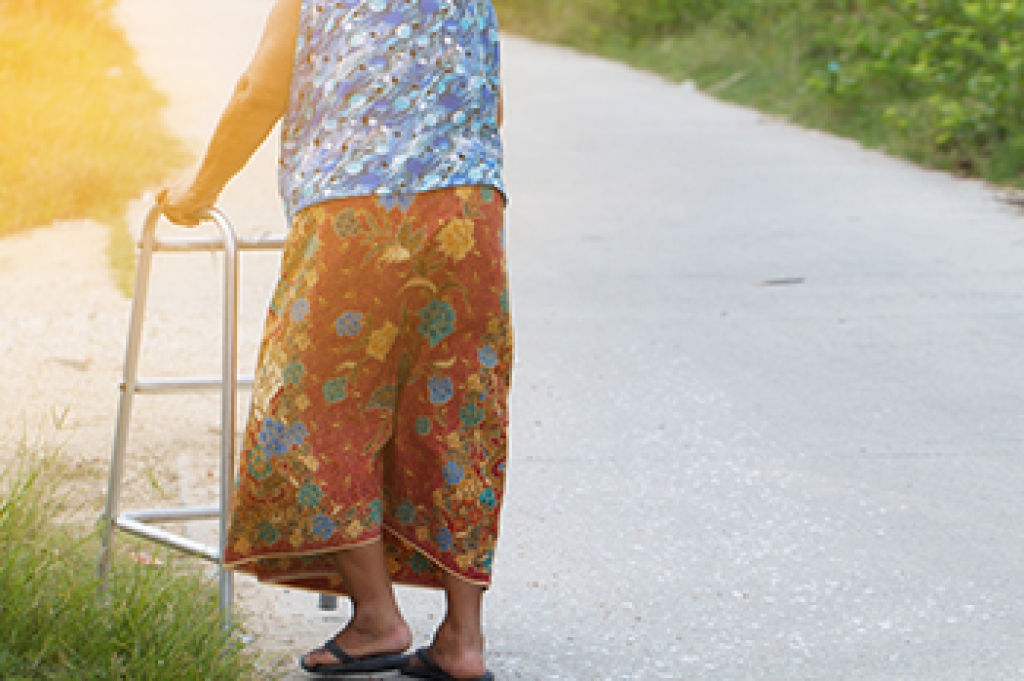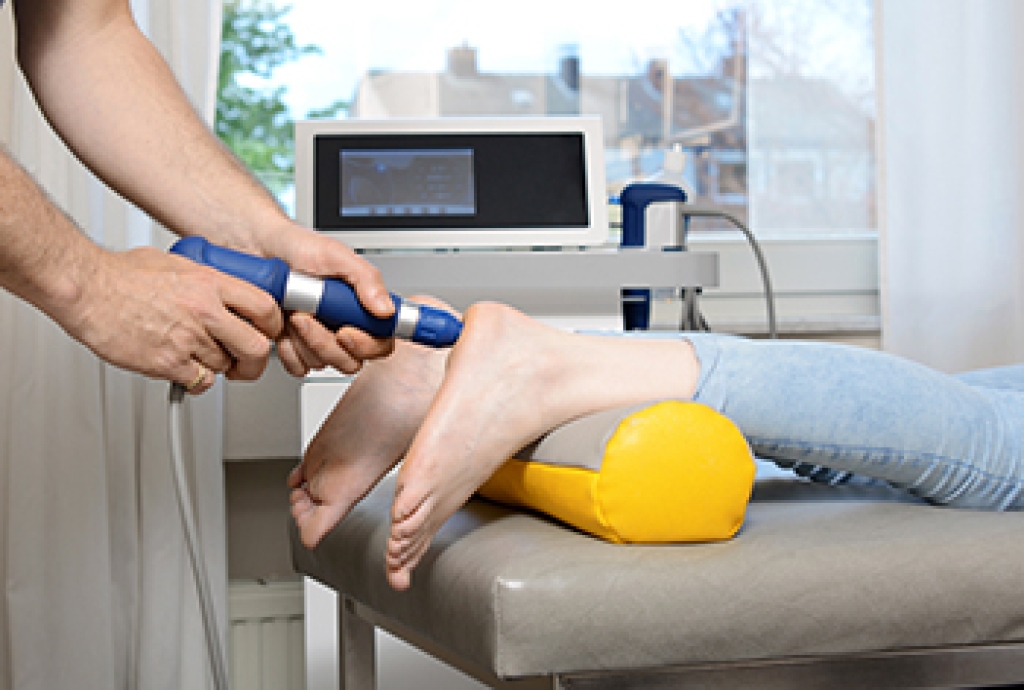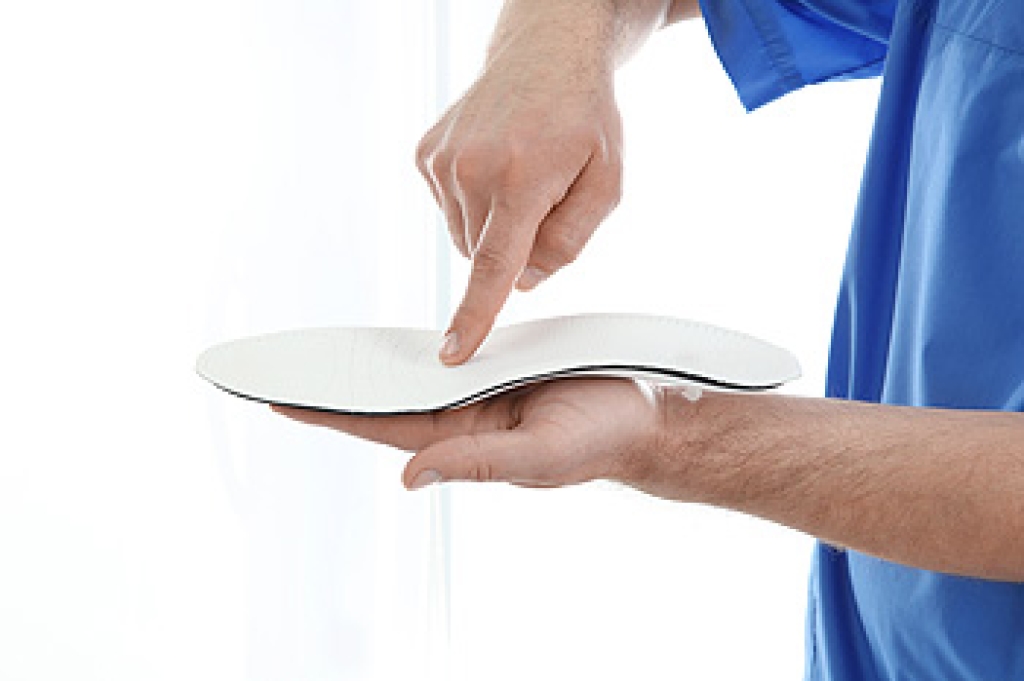
Recovering from bunion surgery may take several months but often leads to having pain-free feet. Bunions, bony bumps that develop at the base of the big toe, can cause considerable discomfort and limit your mobility. Surgery is often recommended when conservative treatments, such as orthotics and changes in footwear, are no longer able to provide relief. Immediately after the bunion surgery procedure, you can expect some discomfort and swelling. Your podiatrist may prescribe some type of pain medication to manage this and recommend keeping the foot elevated during the first few days post-surgery to reduce swelling. For the first few weeks, keeping weight off the operated foot is extremely important. A special surgical shoe or boot may be provided to protect your foot from injury, as well as minimize stress on the surgical site. Gradually, supportive footwear may be advised by your podiatrist, along with custom orthotics if needed. Patience is key during the recovery process from bunion surgery. It’s important to avoid high-impact activities, follow up with your podiatrist for monitoring, and adhere to their instructions. With dedication to your recovery plan, you'll increase the likelihood of enjoying pain-free, comfortable feet once again.
If you are suffering from bunions, contact Kent DiNucci, DPM of Ankle and Foot Clinic . Our doctor can provide the care you need to keep you pain-free and on your feet.
What Is a Bunion?
A bunion is formed of swollen tissue or an enlargement of boney growth, usually located at the base joint of the toe that connects to the foot. The swelling occurs due to the bones in the big toe shifting inward, which impacts the other toes of the foot. This causes the area around the base of the big toe to become inflamed and painful.
Why Do Bunions Form?
Genetics – Susceptibility to bunions are often hereditary
Stress on the feet – Poorly fitted and uncomfortable footwear that places stress on feet, such as heels, can worsen existing bunions
How Are Bunions Diagnosed?
Doctors often perform two tests – blood tests and x-rays – when trying to diagnose bunions, especially in the early stages of development. Blood tests help determine if the foot pain is being caused by something else, such as arthritis, while x-rays provide a clear picture of your bone structure to your doctor.
How Are Bunions Treated?
- Refrain from wearing heels or similar shoes that cause discomfort
- Select wider shoes that can provide more comfort and reduce pain
- Anti-inflammatory and pain management drugs
- Orthotics or foot inserts
- Surgery
If you have any questions, please feel free to contact our office located in Omaha, NE . We offer the newest diagnostic and treatment technologies for all your foot care needs.




